Close-up of honey hunting on a steep cliff in Nepal, one man was stung by a bee and fell down
Wednesday, June 12, 2024 14:00 PM (GMT+7)
Traditional honey hunting in Nepal, once a source of income for many people near the Himalayas, is being affected by climate change. Some people were stung by bees while harvesting honey.
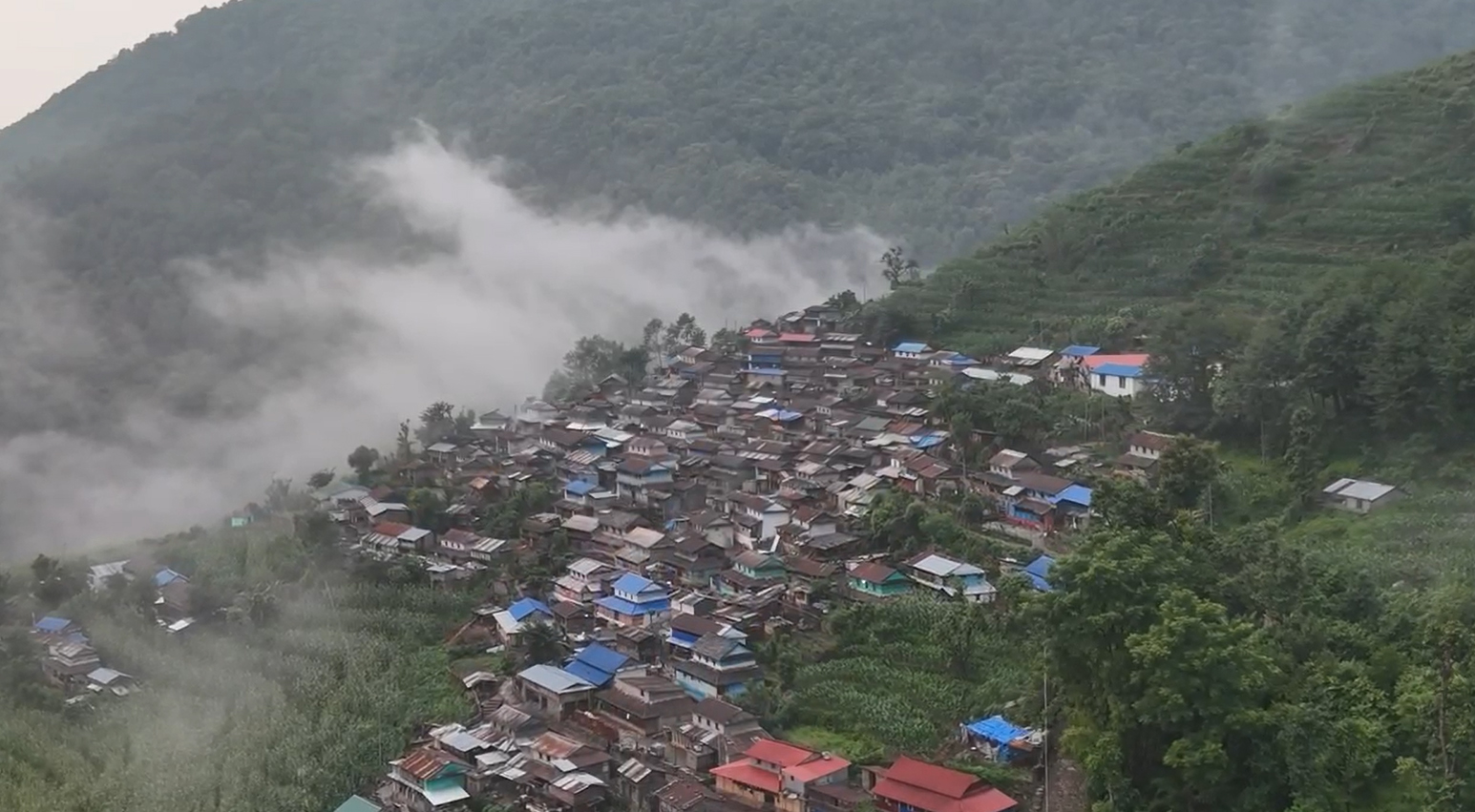
Panoramic view of Taap village (Nepal) surrounded by low clouds, hills and corn fields. This village is famous for honey hunting on the steep cliffs near the Himalayas.
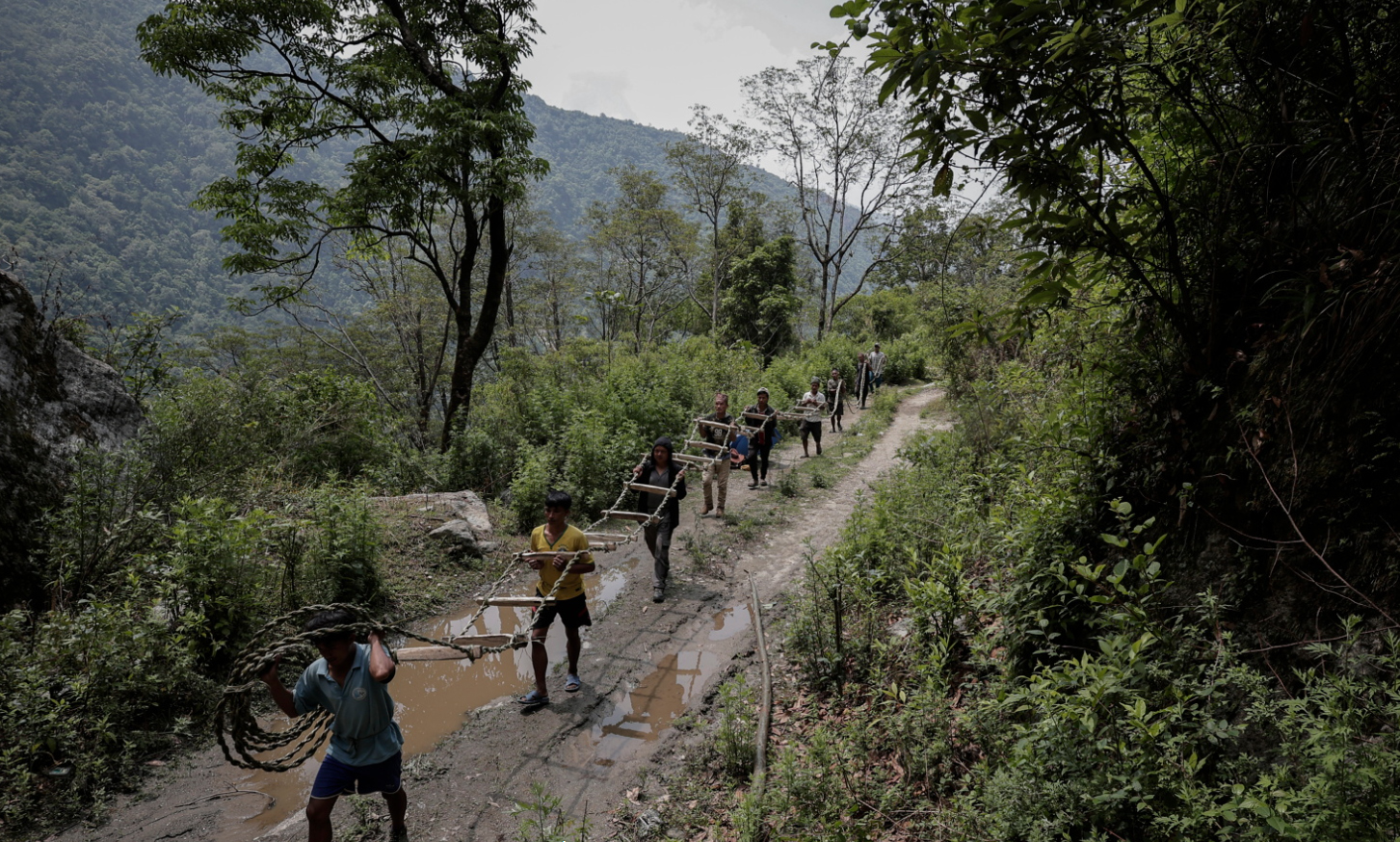
However, this long-standing profession is under threat as some experts say rising temperatures due to climate change are disrupting bee populations, food availability and even plant pollination.
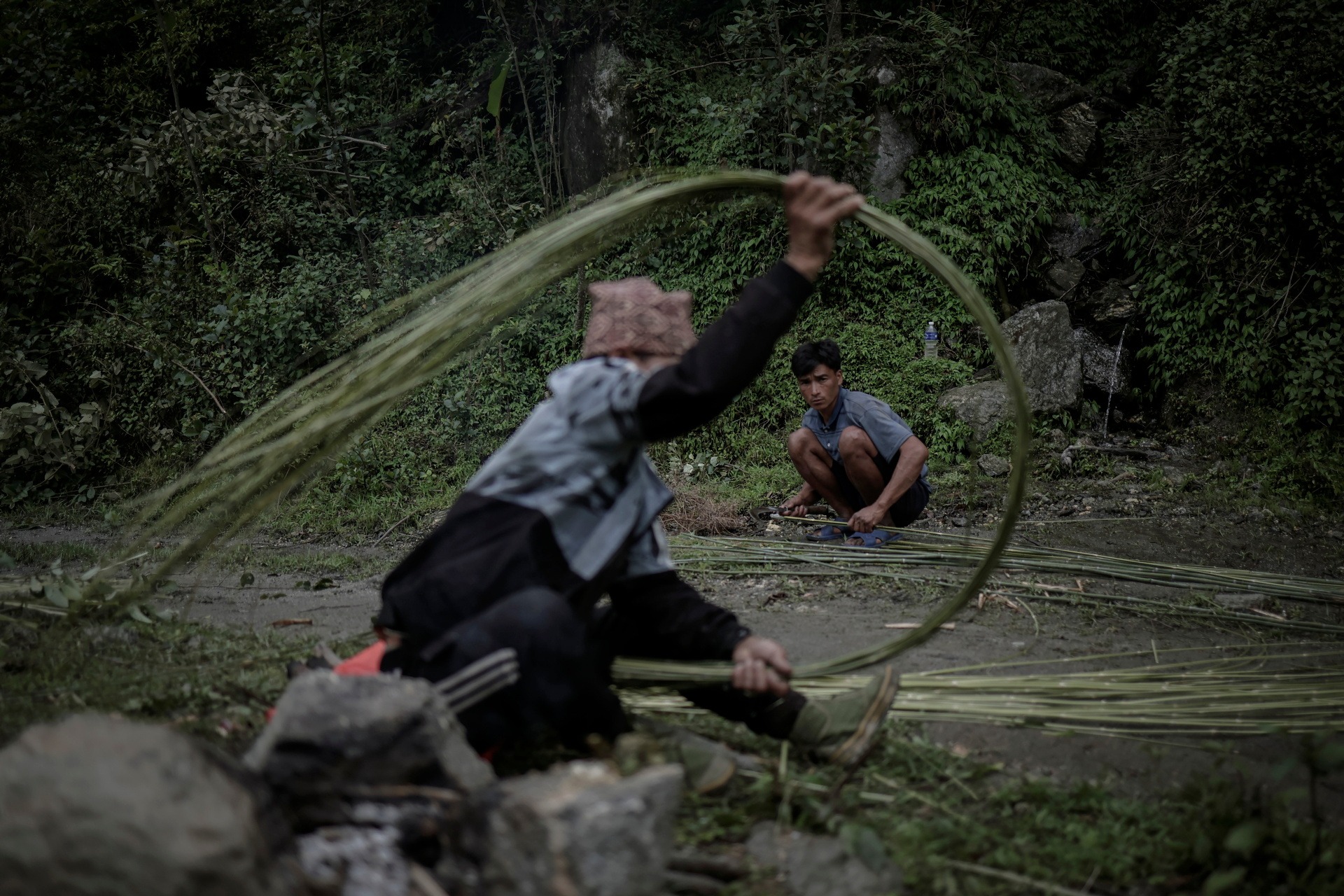
People of the Gurung community of Taap village create ladders to prepare for honey hunting.
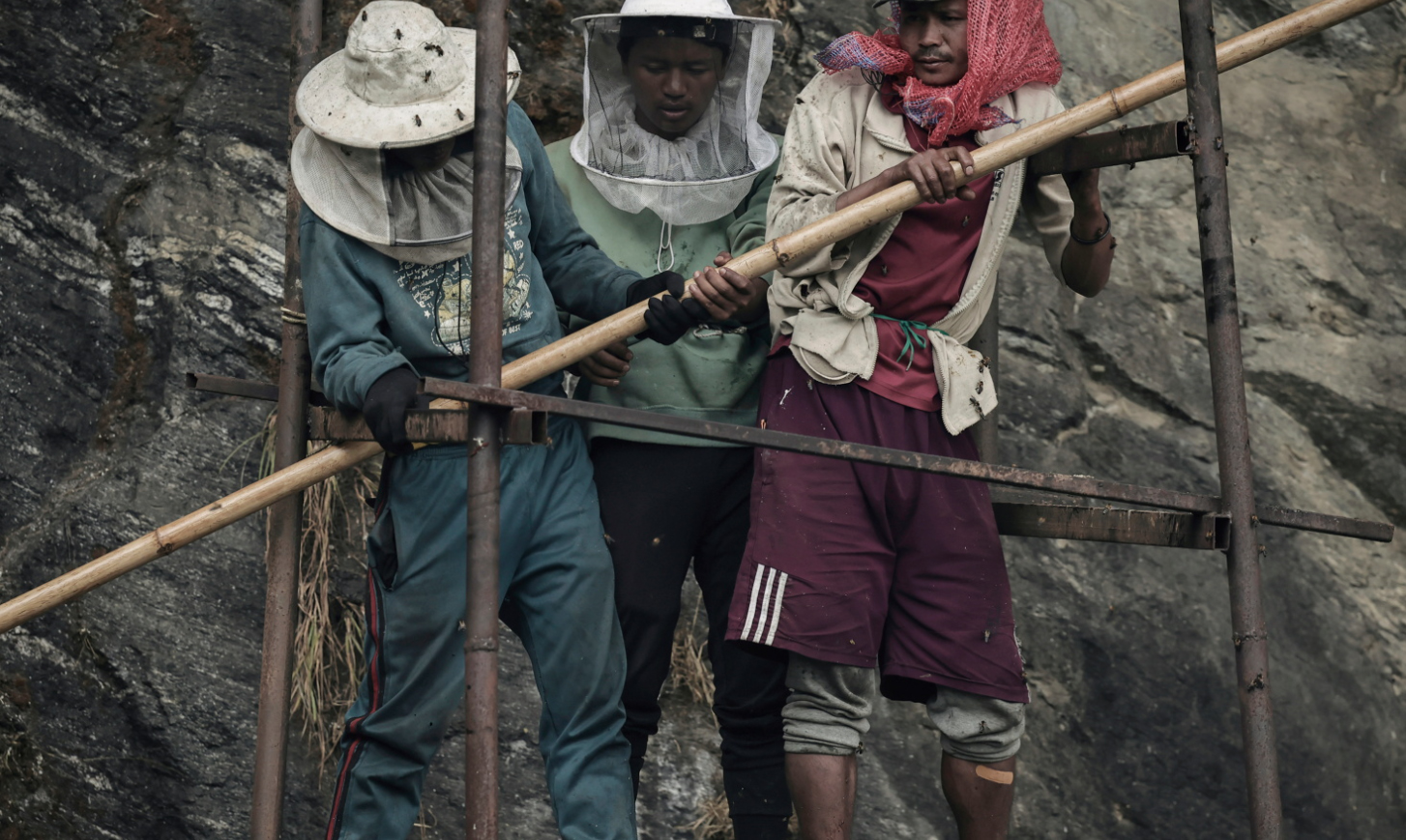
Another member of the Taap village community, Chitra Bahadur Gurung, said, “Last year there were around 35 beehives, but now we see only 15.”
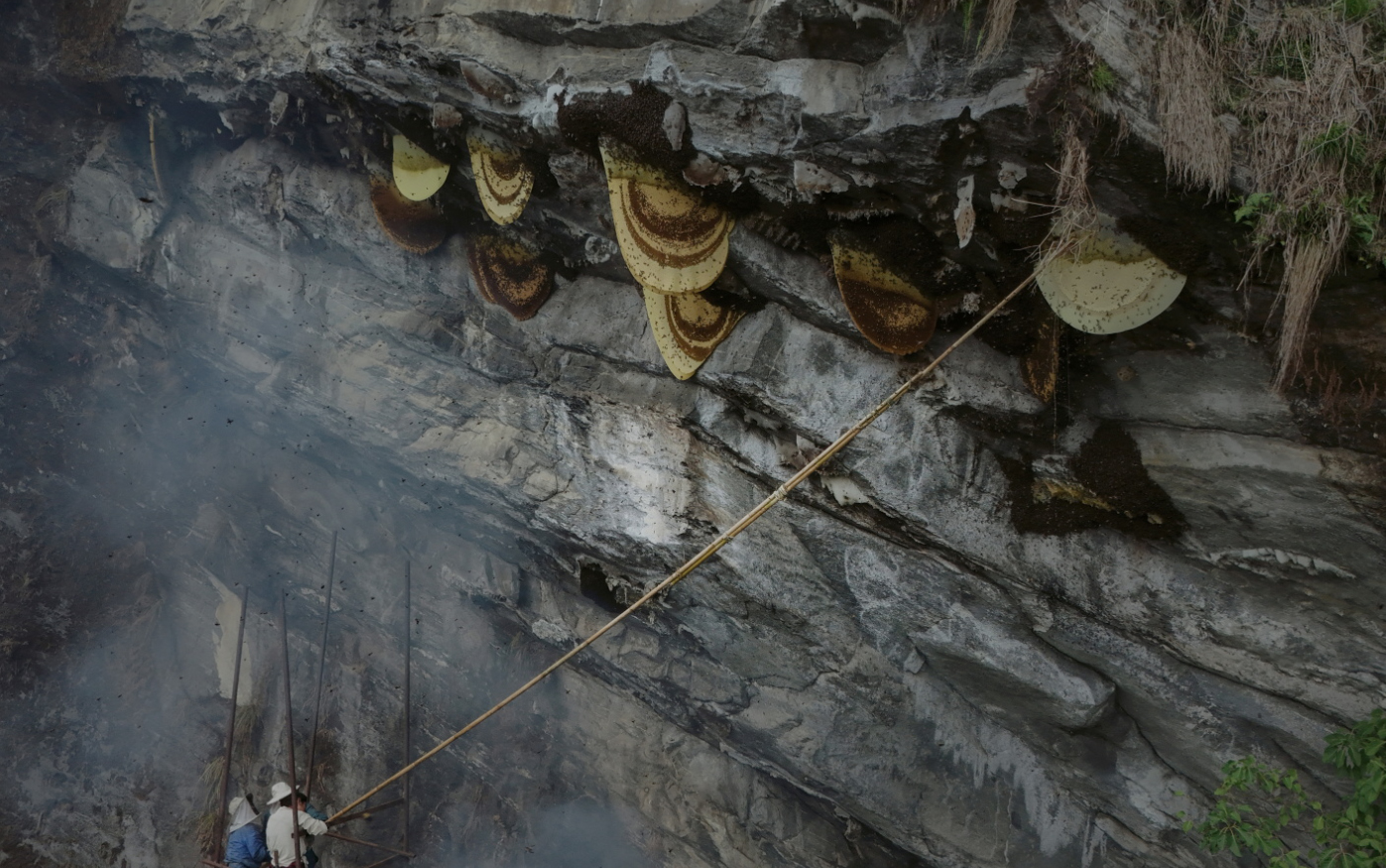
For generations, the Gurung community in Taap, about 175 kilometers west of Nepal's capital Kathmandu, and other villages in neighboring Lamjung and Kaski districts, have scoured the steep cliffs of the Himalayas for honey.
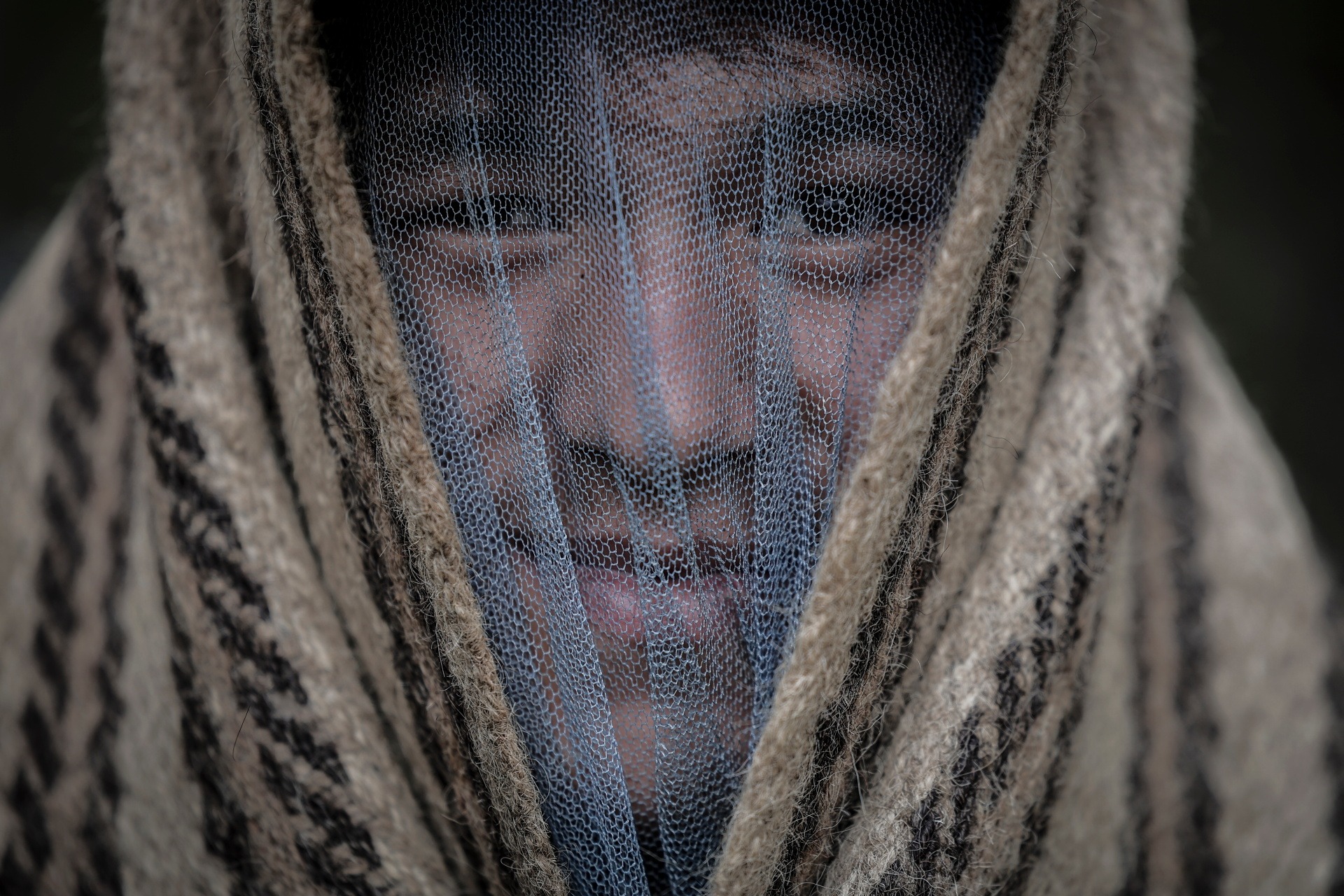
People's clothes when hunting honey.
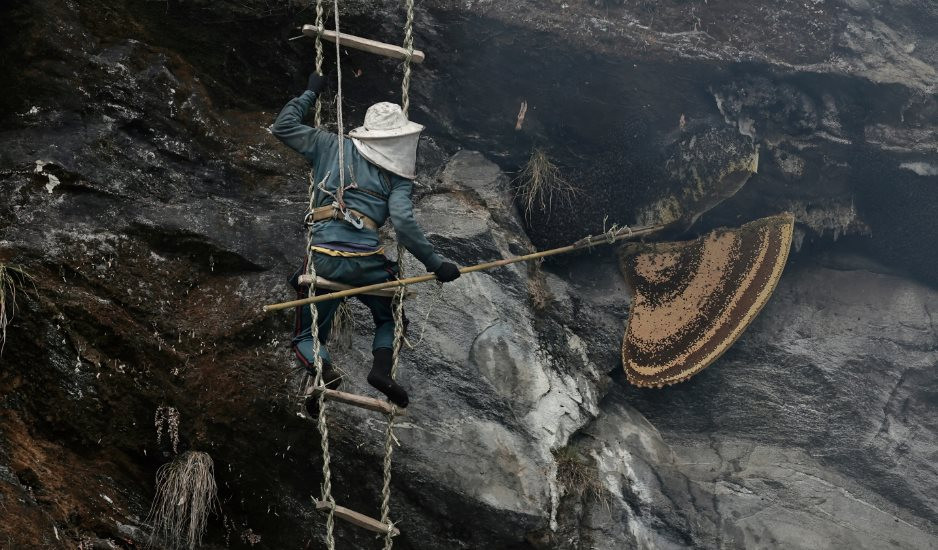
Aita Prasad Gurung hangs from a cliff in Nepal, carefully maneuvering a long pole tipped with a blade to cut through giant chunks of honeycomb after the Himalayan bees flee the smoke burned by honey harvesters to drive them out of their hives.
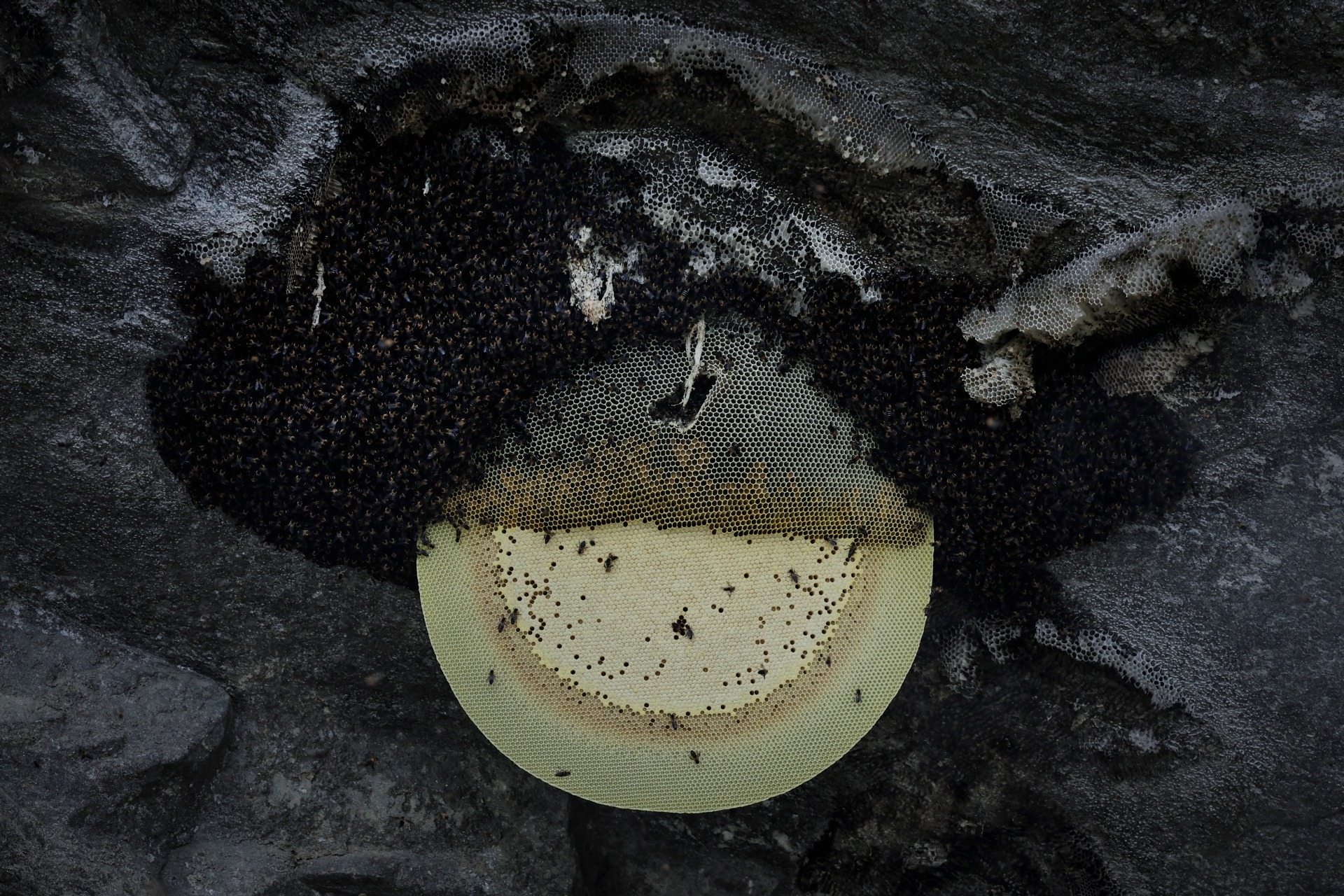
Some experts blame climate change, caused by rising global temperatures, as the main cause of the decline, but other causes include deforestation, diversion of water from rivers and streams for hydroelectric dams and pesticide use.
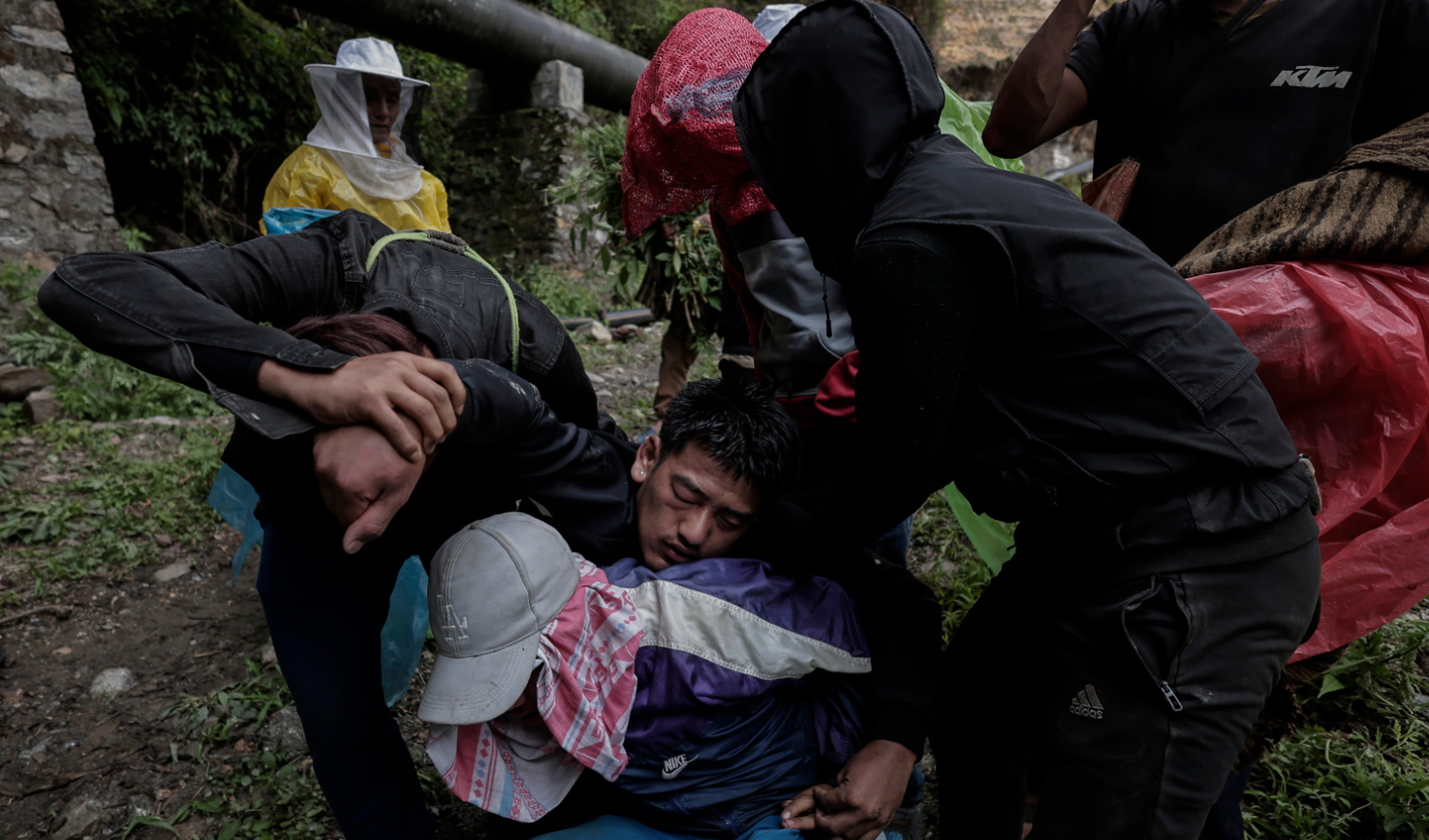
Villagers carry Bashanta Gurung, 18, to safety after he collapsed after being stung by wild bees while hunting for honey. Many people have been injured while hunting for honey on cliffs near the Himalayas.
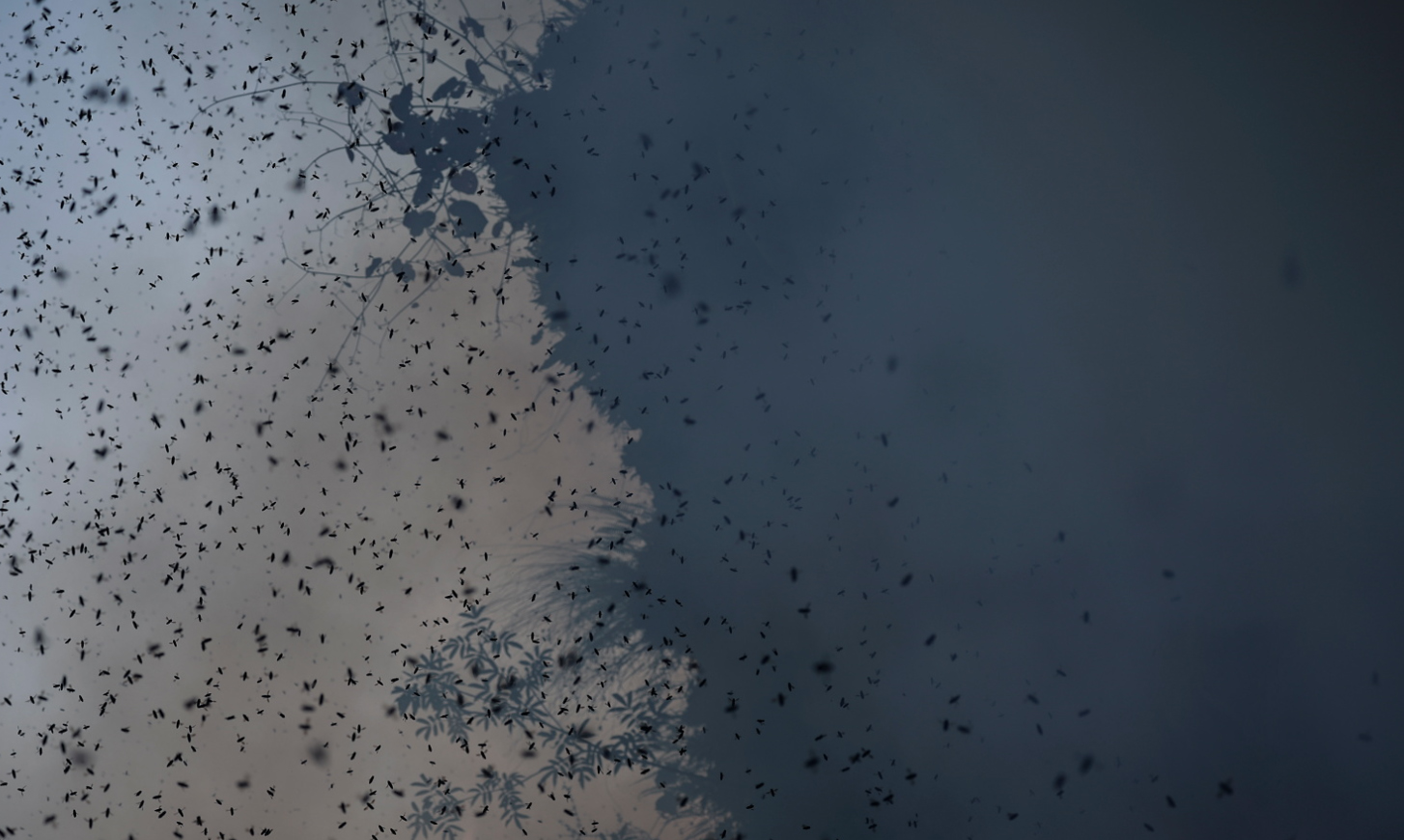
With less honey available every year, income from honey harvesting has declined over the past decade, said Hem Raj Gurung, 41.
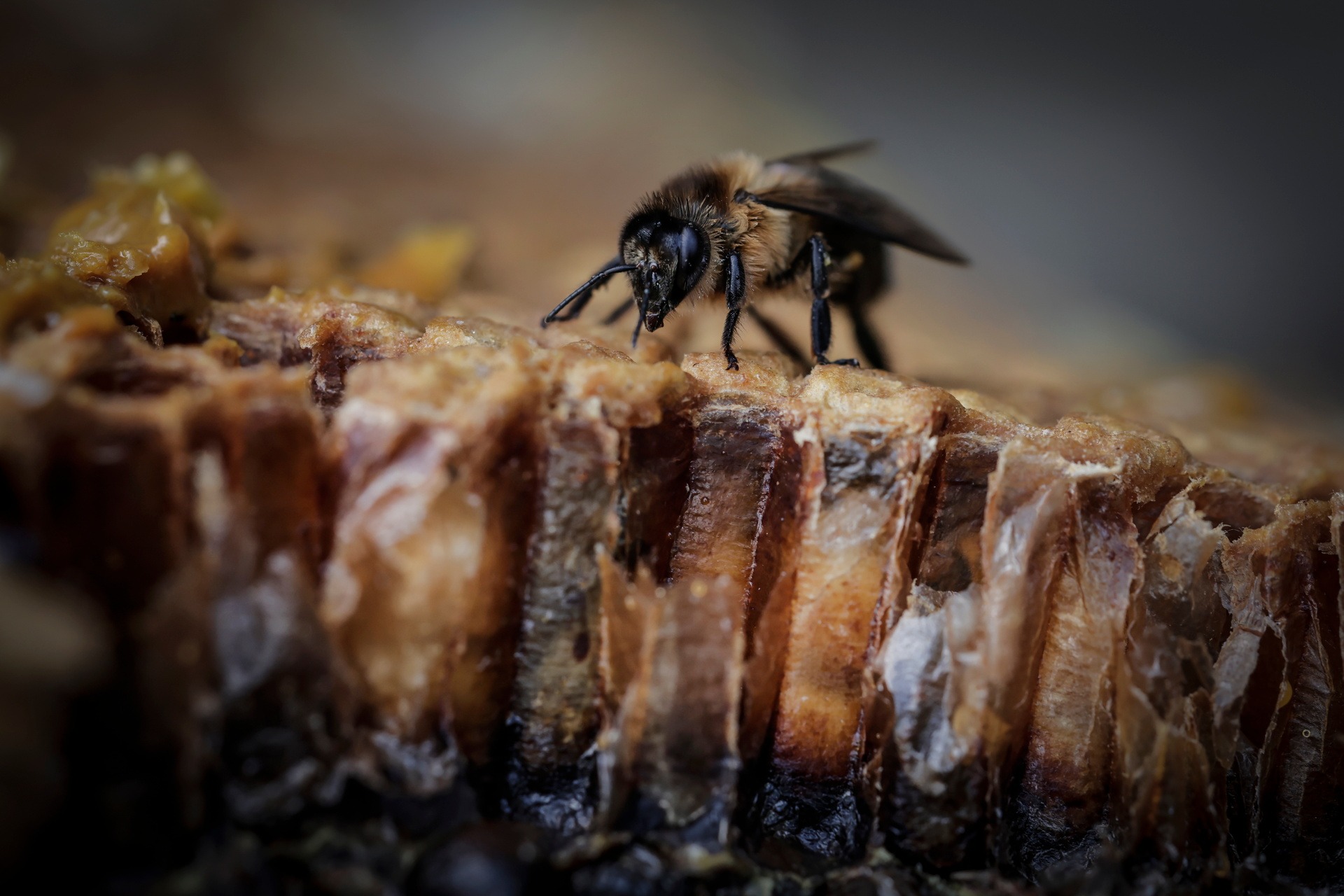
Honeycomb extract, also known as “mad honey” because it contains certain substances that can cause hallucinations, is sold for 2,000 Nepalese rupees ($1.5) a liter.
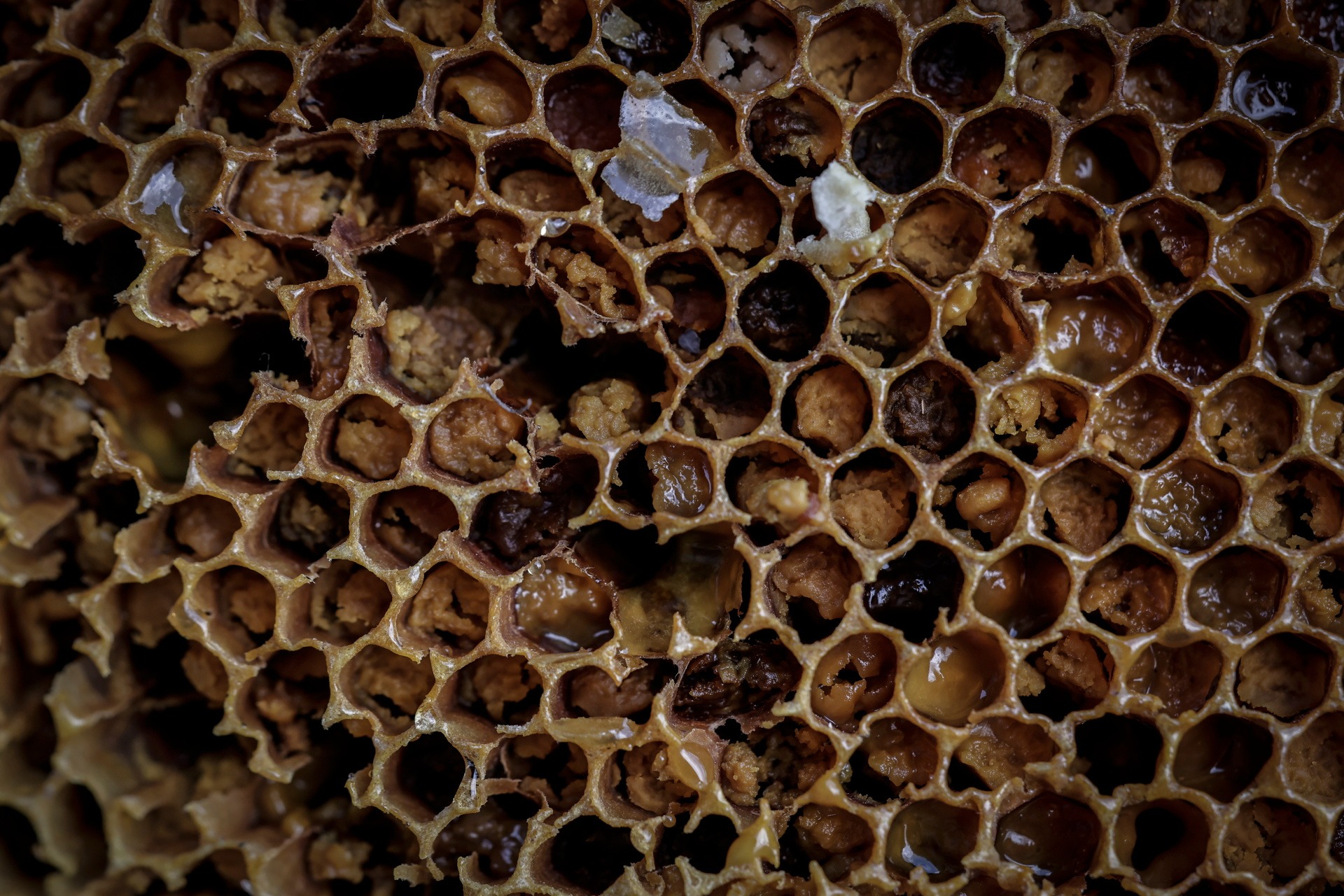
Villagers say the proceeds, which are divided among groups, are dwindling as the number of beehives declines, although some make a living from growing rice, corn, millet and wheat.
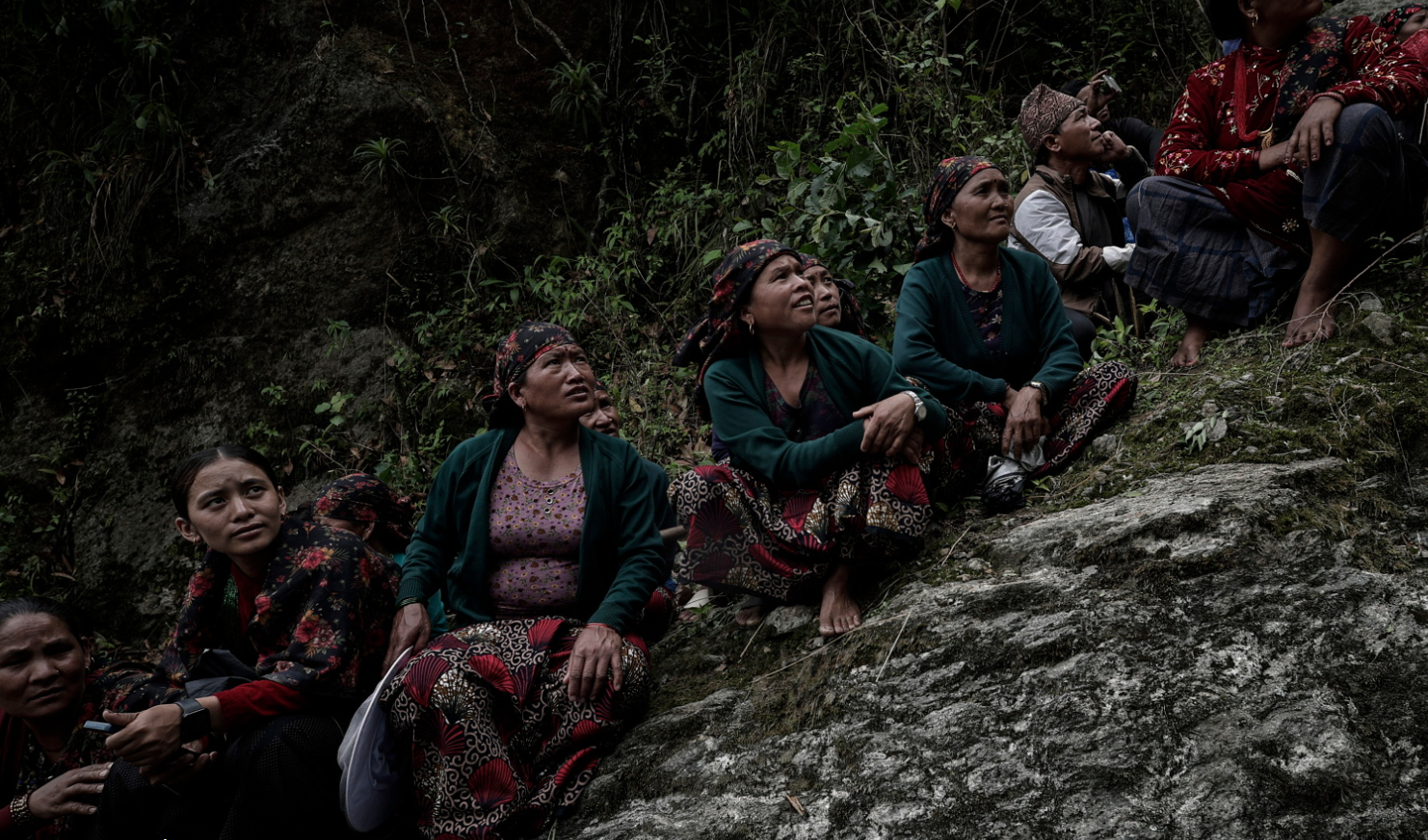
The decline in bee populations will result in inadequate pollination of alpine crops and wildlife, said Joshi, a resilient livelihoods expert at the International Centre for Integrated Mountain Development (ICIMOD) in Kathmandu. It will also have an impact on the rural economy , as honey hunting is a tradition that is emerging as an important ecotourism activity. In addition to honey and beeswax, the community will lose income from tourism.
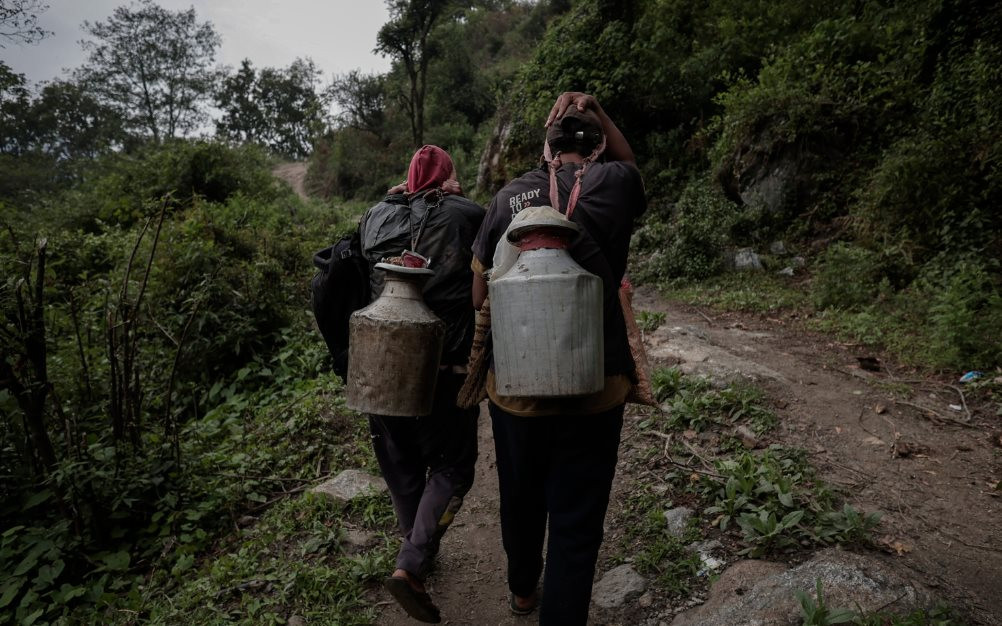
Honey after harvest is stored in jars to bring back to the village.
Thanh Nha (Photo: Reuters)
Source: https://danviet.vn/can-canh-nghe-san-mat-ong-ben-vach-nui-dung-dung-o-nepal-co-nguoi-bi-ong-dot-nga-guc-20240612120813327.htm


![[Photo] Determining the pairs in the team semi-finals of the National Table Tennis Championship of Nhan Dan Newspaper](https://vphoto.vietnam.vn/thumb/1200x675/vietnam/resource/IMAGE/2025/5/21/eacbf7ae6a59497e9ae5da8e63d227bf)
![[Photo] Scientific workshop "Building a socialist model associated with socialist people in Hai Phong city in the period of 2025-2030 and the following years"](https://vphoto.vietnam.vn/thumb/1200x675/vietnam/resource/IMAGE/2025/5/21/5098e06c813243b1bf5670f9dc20ad0a)

![[Photo] Prime Minister Pham Minh Chinh receives the President of Asia-Pacific region of PowerChina Group](https://vphoto.vietnam.vn/thumb/1200x675/vietnam/resource/IMAGE/2025/5/21/0f4f3c2f997b4fdaa44b60aaac103d91)
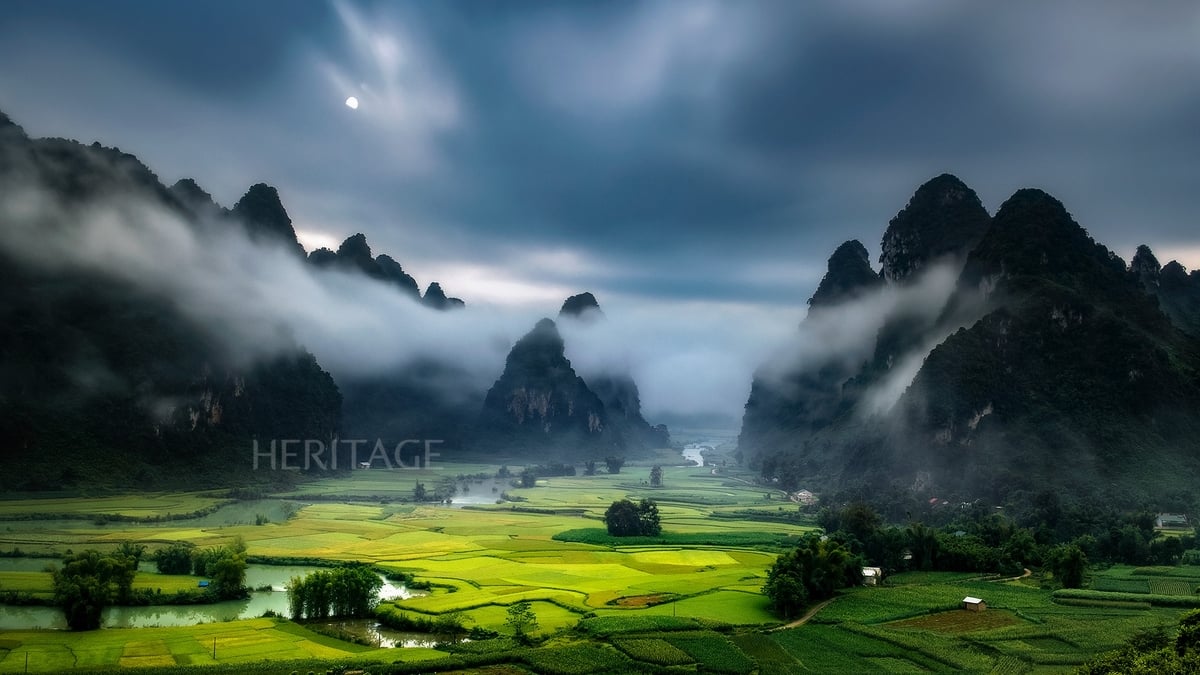
![[Photo] Prime Minister Pham Minh Chinh receives Rabbi Yoav Ben Tzur, Israeli Minister of Labor](https://vphoto.vietnam.vn/thumb/1200x675/vietnam/resource/IMAGE/2025/5/21/511bf6664512413ca5a275cbf3fb2f65)
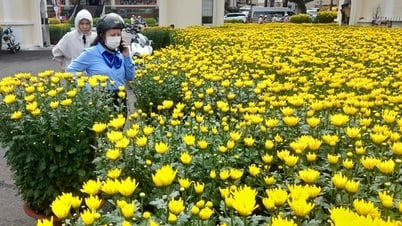




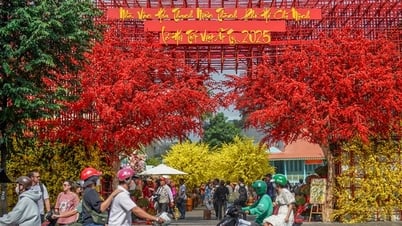
![[Photo] Prime Minister Pham Minh Chinh holds talks with Prime Minister Mikhail Vladimirovich Mishustin](https://vphoto.vietnam.vn/thumb/402x226/vietnam/resource/IMAGE/2025/1/19/54ce88000228495a90768cc0b03c9cc0)







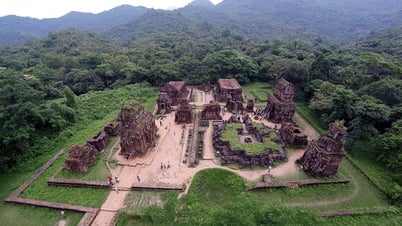

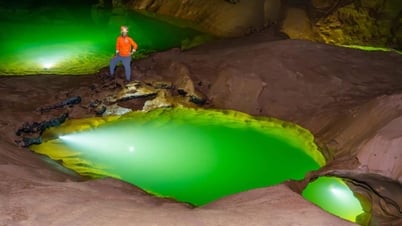

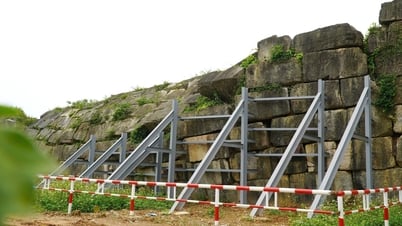









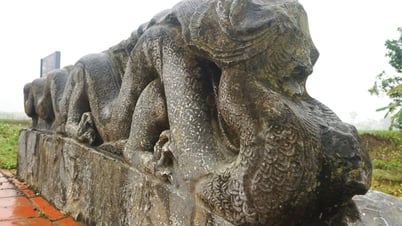

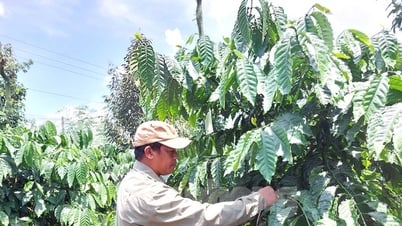


































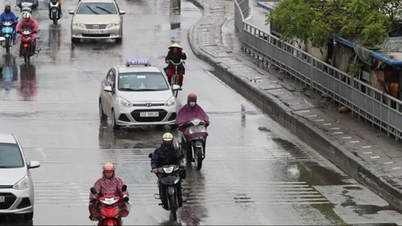






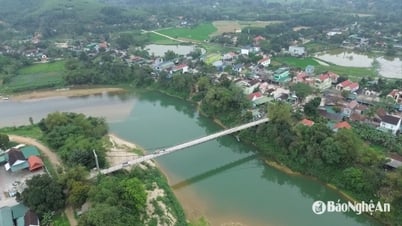








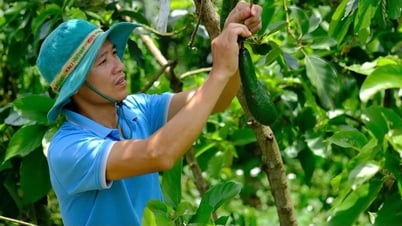




Comment (0)